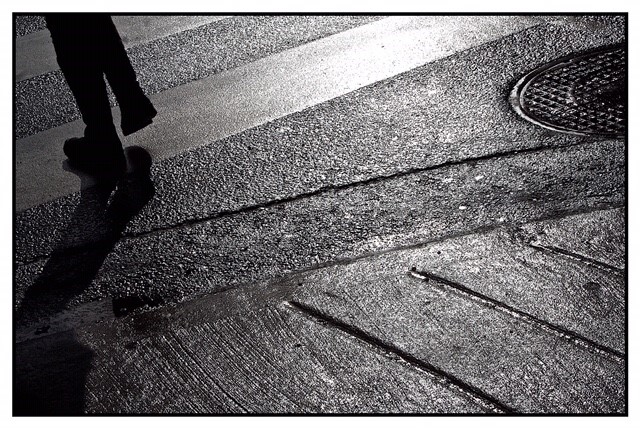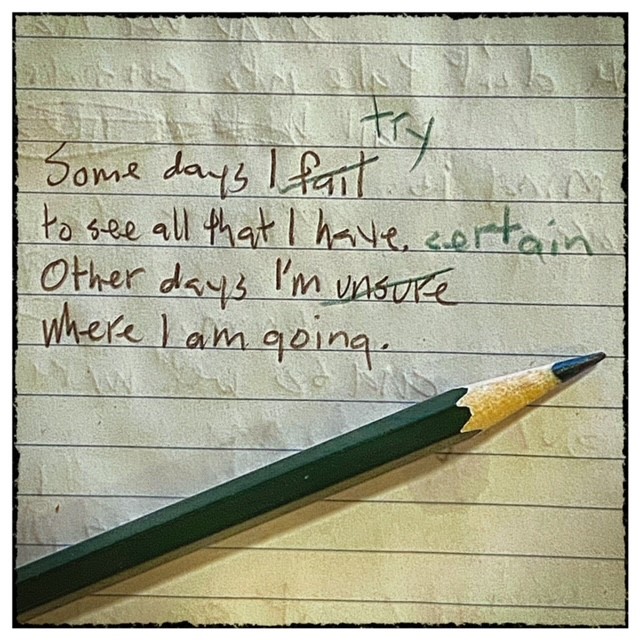What happens to the sleep we didn’t get,
words we did not heed, or tears never allowed
to travel down our cheek?
Those weeks, or months,
you refuse to speak of; what happened?
Then.
What became
of the people we didn’t need, or like,
or replaced? Have you given any thought to
what you meant to them? Once upon a time
fairy tale or delusion.
Shared.
Then, remember
the personalities or prospects,
the ones where you didn’t have the self-respect
to introduce yourself to.
Where was your confidence,
or willingness to bare your soul?
Easier, is it not, to confide in a stranger?
Those familiar with your ways,
those who have read a few chapters of your story
may not understand
your reservation.
Someone back when
knew you well, wanted to know more,
then gave up.
Or was that you?
Emotions enrich our lives,
as easily as they can destroy
all we stay alive for.
Is that a reason to hold back?
There was once value in vulnerability.
Now; well, you know.
If you rephrase the question,
are the answers still the same?
Long past a series of coincidences,
the obscenity of silence remains.
© 2018 j.g. lewis




